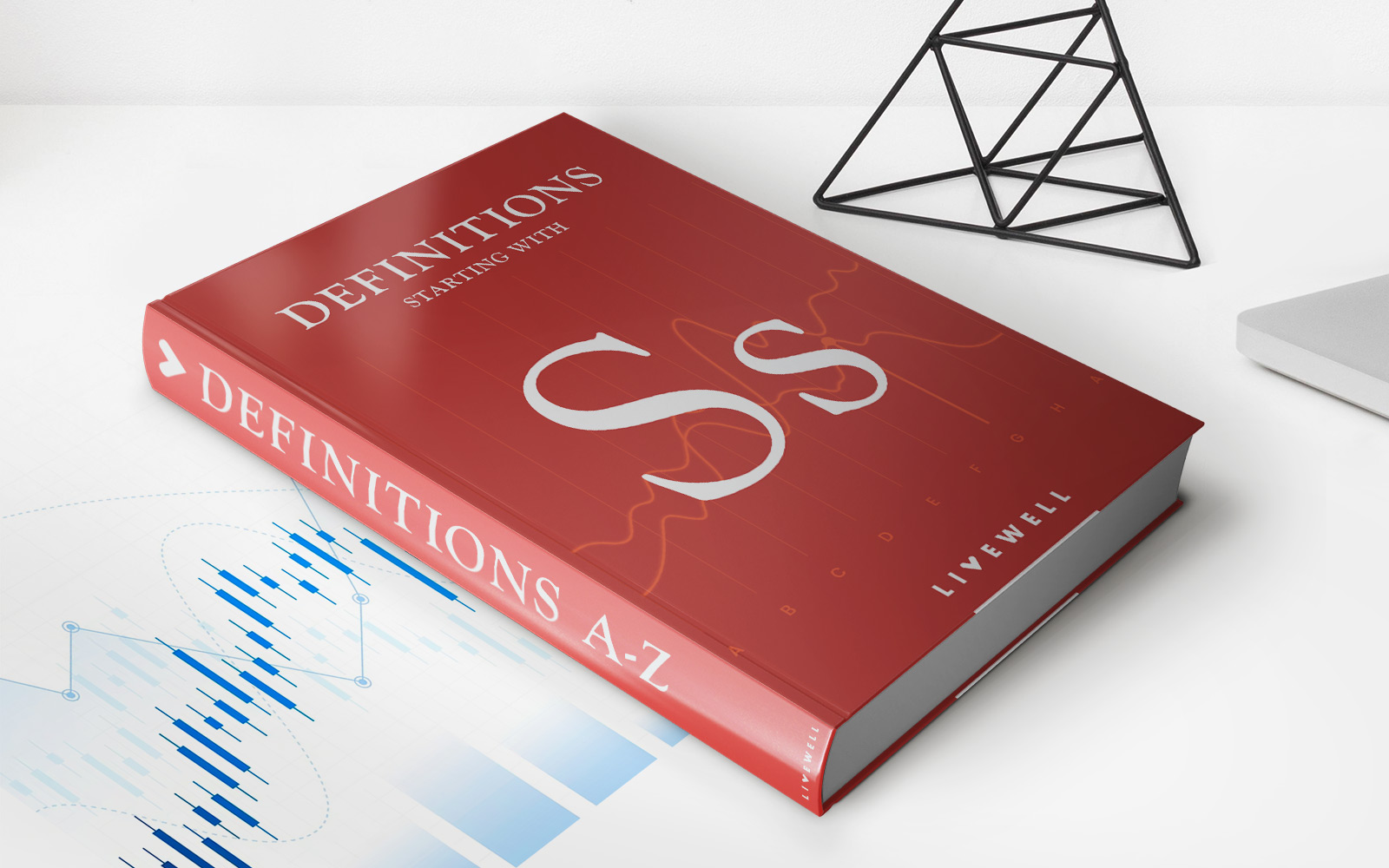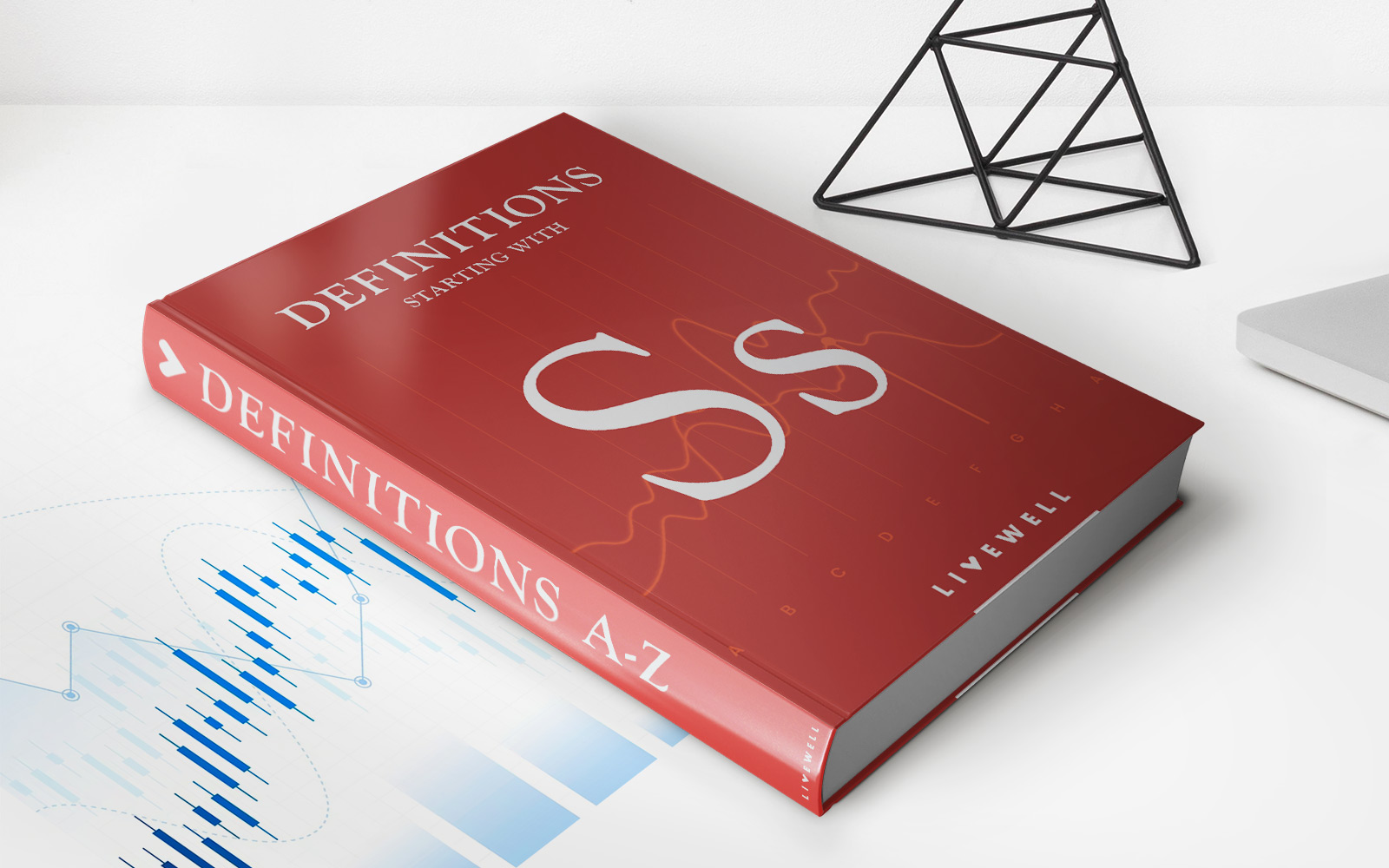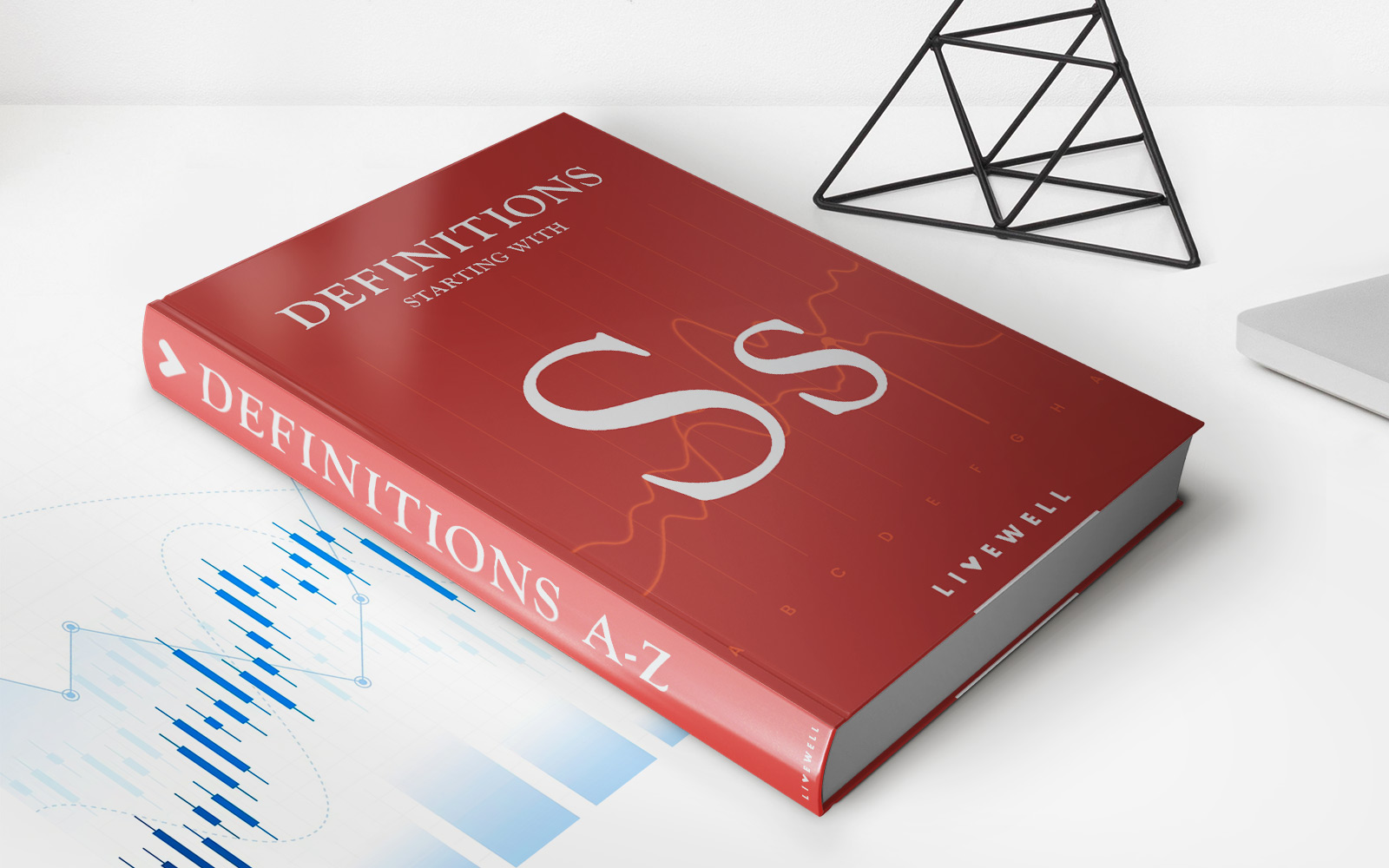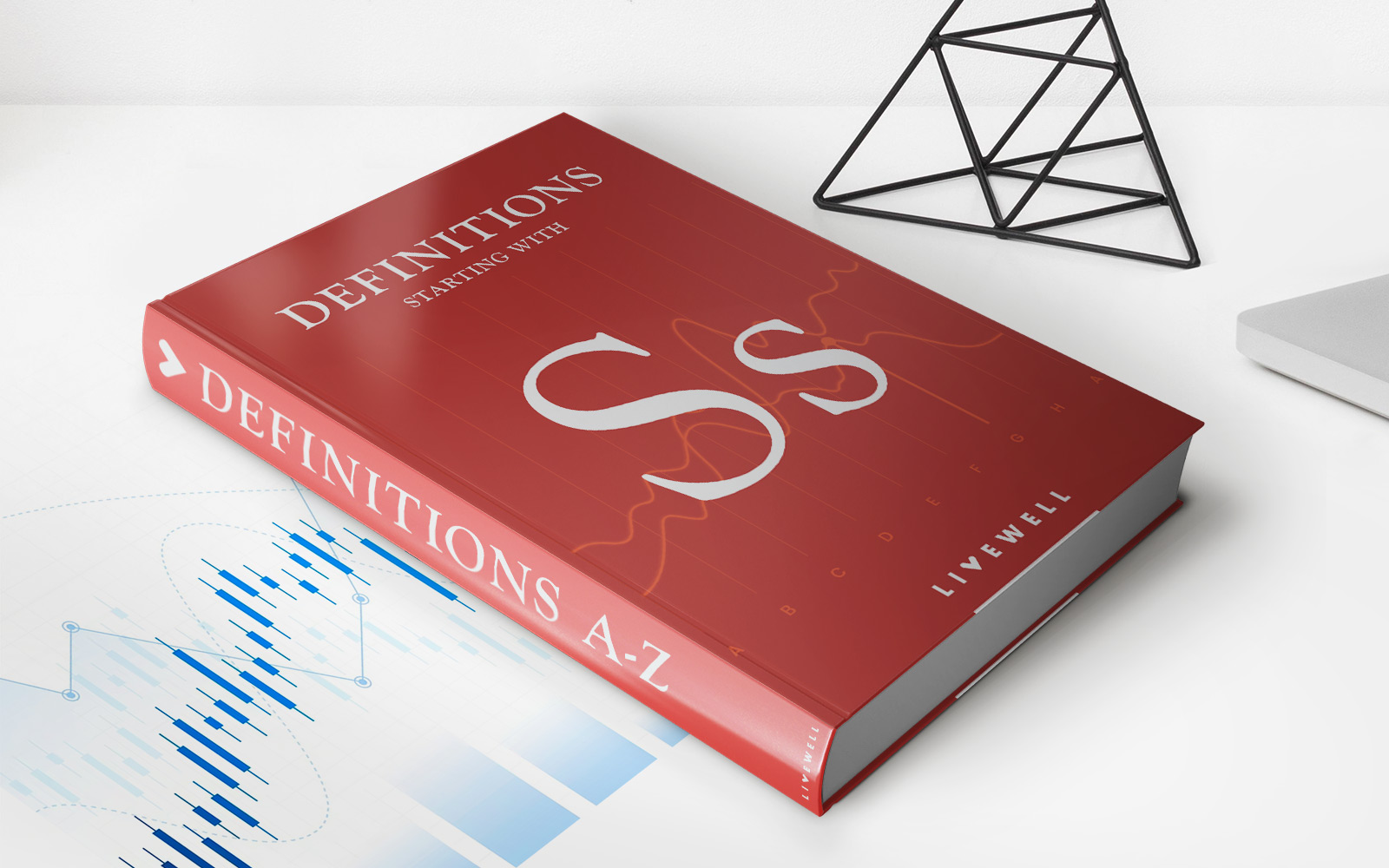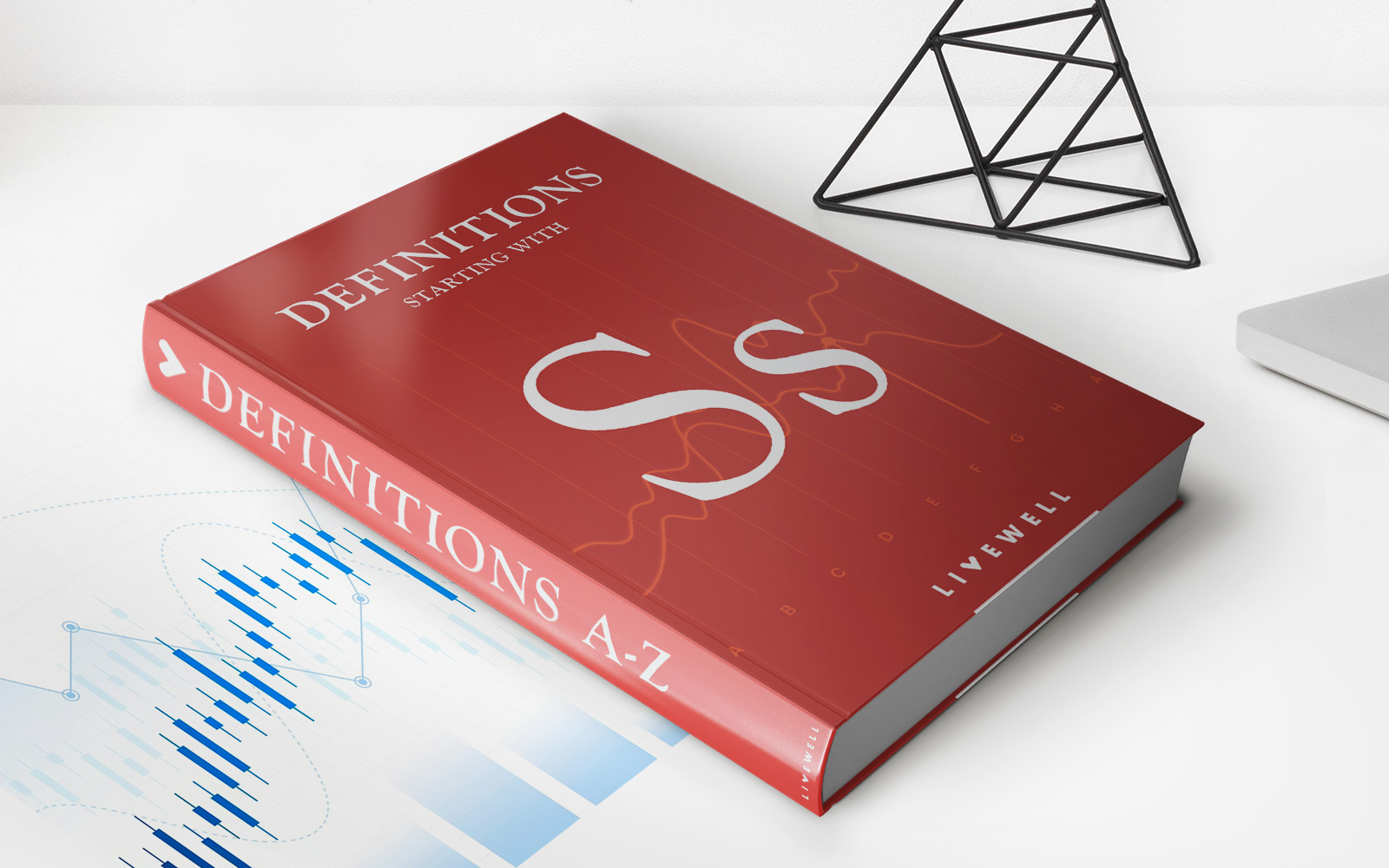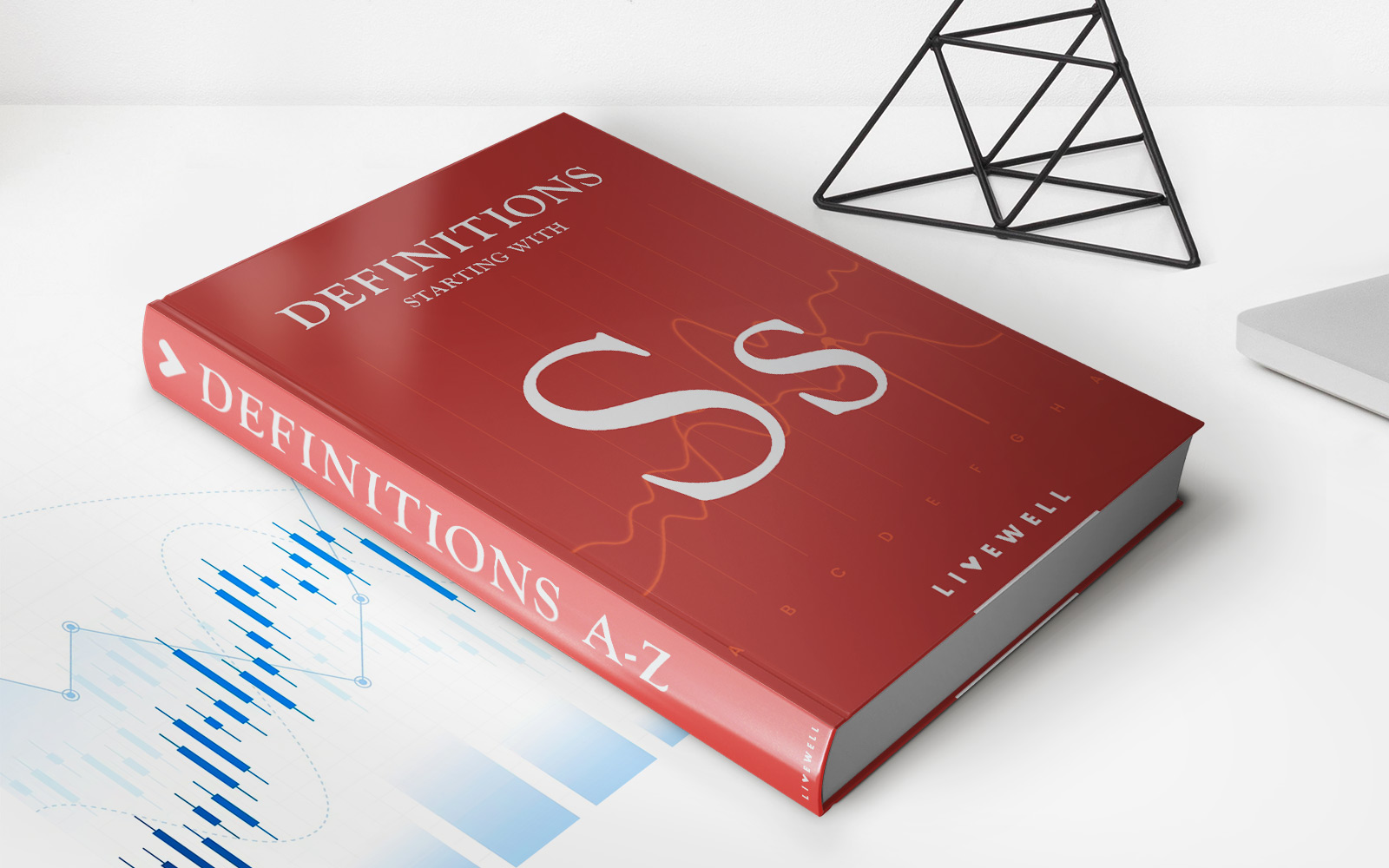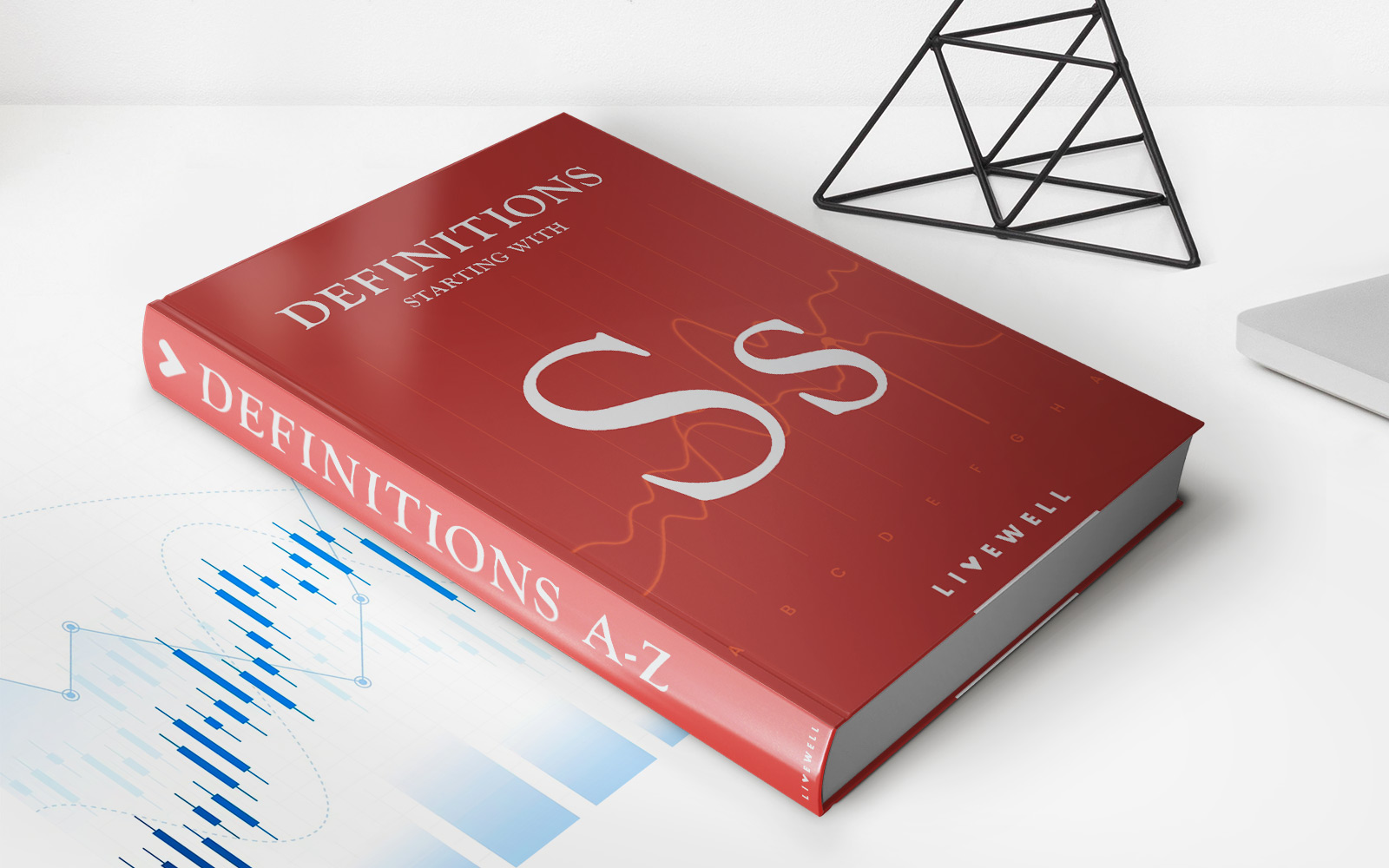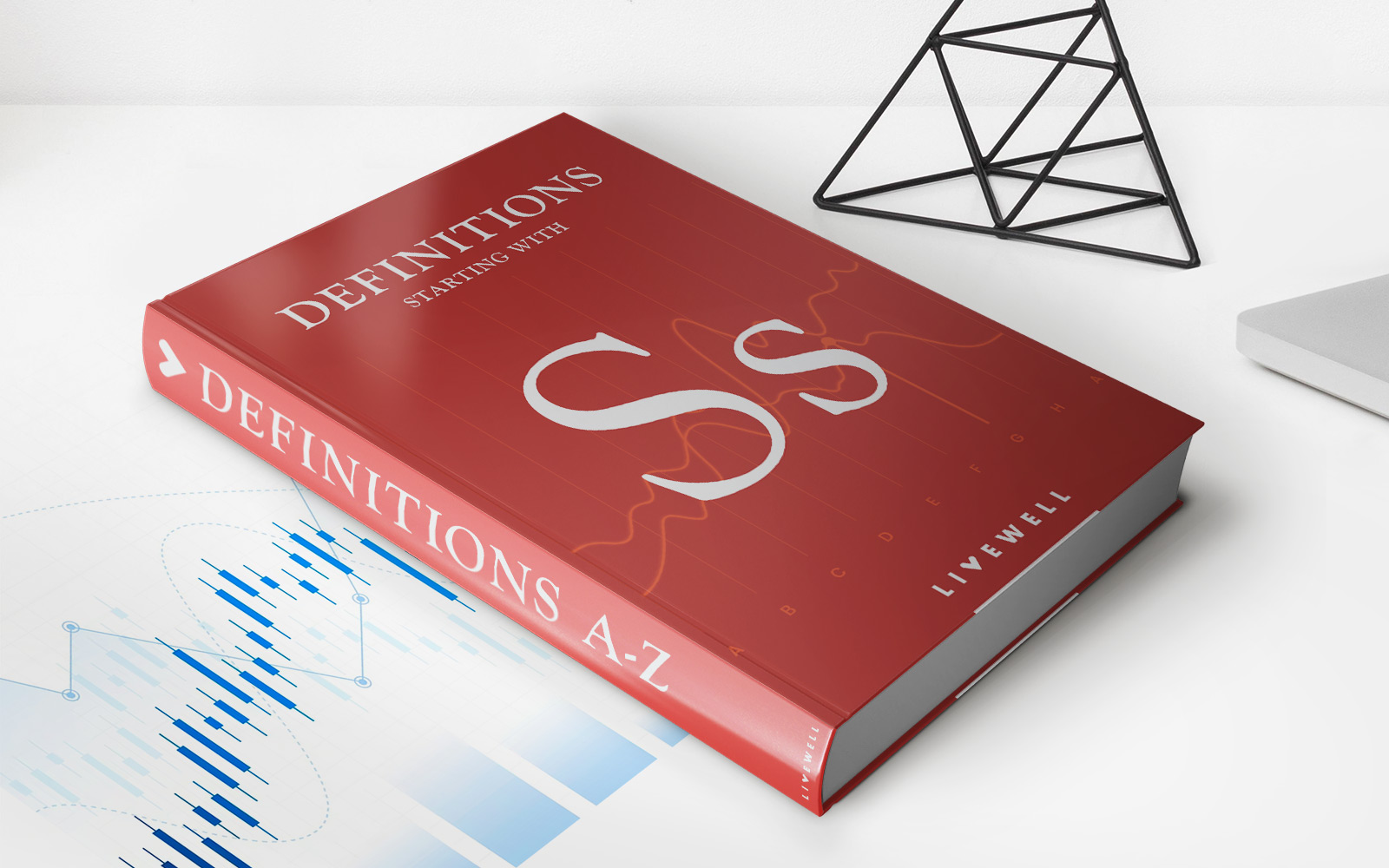

Finance
SEC Form 15-12B Definition
Published: January 24, 2024
Learn the definition of SEC Form 15-12B in the field of finance. Understand its significance and implications for financial reporting and disclosure requirements.
(Many of the links in this article redirect to a specific reviewed product. Your purchase of these products through affiliate links helps to generate commission for LiveWell, at no extra cost. Learn more)
Understanding SEC Form 15-12B: A Comprehensive Guide
When it comes to managing your finances, staying informed about the various regulations and requirements is crucial. One such requirement that often confuses people is SEC Form 15-12B. In this blog post, we will provide you with an in-depth explanation of SEC Form 15-12B and its significance in the world of finance.
Key Takeaways:
- SEC Form 15-12B is a filing submitted to the Securities and Exchange Commission (SEC) by companies intending to terminate their registration under the Securities Exchange Act of 1934.
- It allows companies to voluntarily delist their securities from a registered national securities exchange and halt their reporting obligations with the SEC.
SEC Form 15-12B serves as the means for companies to initiate the process of deregistration. This form is a vital tool used to signal their intent to terminate their registration with the SEC, which can have significant implications for both the company and its existing shareholders.
But what exactly is SEC Form 15-12B and why would a company choose to file it in the first place? Let’s delve deeper into the specifics.
What is SEC Form 15-12B?
SEC Form 15-12B is a filing submitted to the Securities and Exchange Commission (SEC) by companies seeking to voluntarily terminate their registration under the Securities Exchange Act of 1934. This form is commonly known as the “Certification and Application for Termination of Registration” and is governed by SEC Rule 12b-1, hence the designation “15-12B.”
By filing Form 15-12B, a company is essentially informing the SEC of its intent to delist its securities from a registered national securities exchange. It also signifies the company’s desire to stop reporting its financial and business information to the SEC.
While the decision to file SEC Form 15-12B is entirely voluntary, certain conditions must be met for a company to be eligible for this deregistration. The most common reasons for filing Form 15-12B include mergers, bankruptcies, and acquisitions that render the company’s securities inactive on an exchange.
Why Would a Company File SEC Form 15-12B?
The decision to file SEC Form 15-12B arises from various factors that could influence a company’s strategic goals and financial well-being. Here are a few reasons why companies may choose to file this form:
- The company’s securities are no longer actively traded on any exchange.
- The business has experienced financial distress, such as bankruptcy or significant decreases in overall market value.
- The company is undergoing a merger or acquisition that results in the delisting of its securities from an exchange.
- The cost of compliance with the reporting requirements of the Securities Exchange Act of 1934 outweighs the benefits of being a public reporting company.
While filing SEC Form 15-12B can provide some relief from regulatory burdens, it is crucial to consider the potential implications it may have on the company’s ability to raise capital, attract investors, and maintain transparency.
In conclusion, SEC Form 15-12B is a vital document that allows companies to voluntarily terminate their registration and reporting obligations with the SEC. By understanding the purpose and significance of this form, individuals can better navigate the complexities of corporate finance and make informed decisions regarding their investments.
